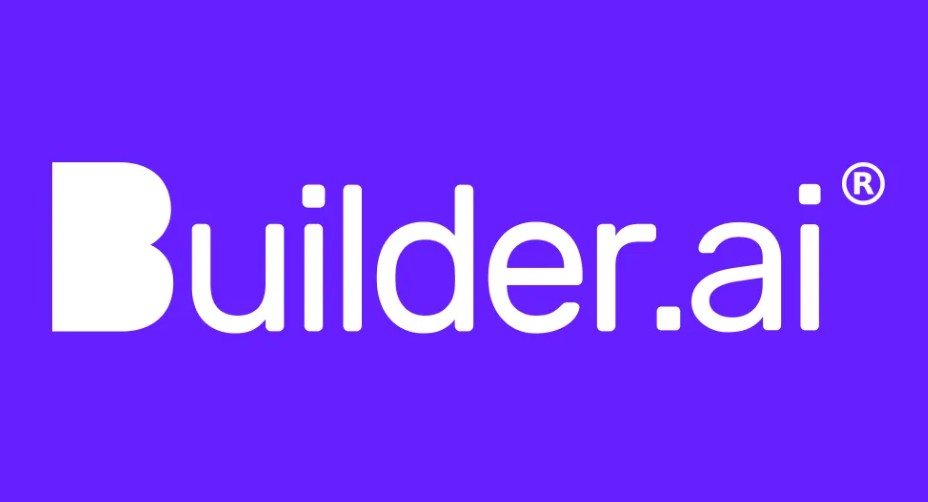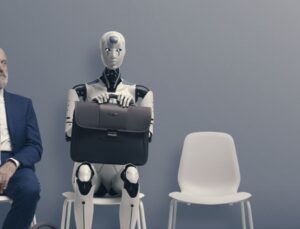Introduction: The Rise and Sudden Fall of Builder.ai
In recent days, a prominent topic dominating technology news circles is the dramatic collapse of Builder.ai, an artificial intelligence startup once valued at a staggering 1.5 billion dollars. The company, which appeared to revolutionize software development with AI-driven solutions, announced it has formally filed for bankruptcy protection, sending shockwaves through the industry. Central to the controversy is the revelation that, contrary to its high-tech facade, Builder.ai’s operations heavily depend on human labor rather than autonomous artificial intelligence systems.

Background and Promises of Innovation
Founded in 2016 and headquartered in London, Builder.ai positioned itself as an innovative platform enabling users—regardless of coding expertise—to create customized applications effortlessly. The company’s vision was to democratize software development, making it accessible through AI-powered automation. Its strategic partnerships, notably with Microsoft, and a substantial $250 million investment led by the Qatar Investment Authority, propelled Builder.ai into the spotlight and fueled its rapid growth.
The Discrepancy Between Image and Reality
However, beneath this promising exterior lay a different story. Investigative reports and insider disclosures revealed that the company’s AI system is not fully autonomous. Instead, it relies heavily on hundreds of skilled developers based primarily in India, who manually execute tasks that are presented as automated. This revelation raised concerns about the company’s technological claims and transparency, casting doubt on the authenticity of its AI capabilities.
The Crisis Unfolds
Following these disclosures, Builder.ai’s reputation suffered significant damage. In response, the company underwent leadership changes, including replacing its CEO, and began laying off hundreds of employees. Yet, these measures proved insufficient to stem the tide of problems. The situation worsened when Viola Credit, one of the company’s key financial backers, withdrew a substantial $37 million from Builder.ai’s accounts, leaving only around $5 million in reserves. This financial strain forced the suspension of operations across five countries, further complicating the company’s prospects.
Questions and Criticism: Authenticity and Financial Transparency
Social media platforms and industry analysts have been abuzz with skepticism. Prominent financial expert Linas Beliūnas publicly questioned the core technology, asserting that Builder.ai’s claims of AI-driven automation are misleading. He emphasized that the company’s so-called AI is largely powered by Indian developers performing manual tasks behind the scenes. Former employees have also indicated that the company’s reported sales figures and growth metrics were significantly exaggerated to attract investor confidence. These revelations have fueled intense debates about the company’s transparency, both technologically and financially.
Broader Implications and Future Outlook
The collapse of Builder.ai not only marks a setback for a promising startup but also exposes vulnerabilities in the burgeoning AI industry. It underscores the importance of genuine technological innovation and transparent business practices. As the bankruptcy proceedings unfold, there is growing speculation about the impact on major investors, including the Qatar Investment Authority, which is believed to have suffered substantial losses. Additionally, regulatory agencies are now scrutinizing Builder.ai’s marketing claims and operational disclosures to prevent similar cases in the future.
Conclusion: Lessons Learned
The Builder.ai case serves as a cautionary tale about the perils of overhyping artificial intelligence capabilities and the risks of opaque business models. It highlights the critical need for accountability, transparency, and realistic expectations in the rapidly evolving AI landscape. As industry stakeholders and regulators reflect on this incident, it may catalyze stricter oversight and more diligent validation of AI startups claiming revolutionary breakthroughs.
 02:00
02:00




 News
News

 Tech
Tech
 Tech
Tech
 Tech
Tech
 Tech
Tech
 Tech
Tech
 Tech
Tech





